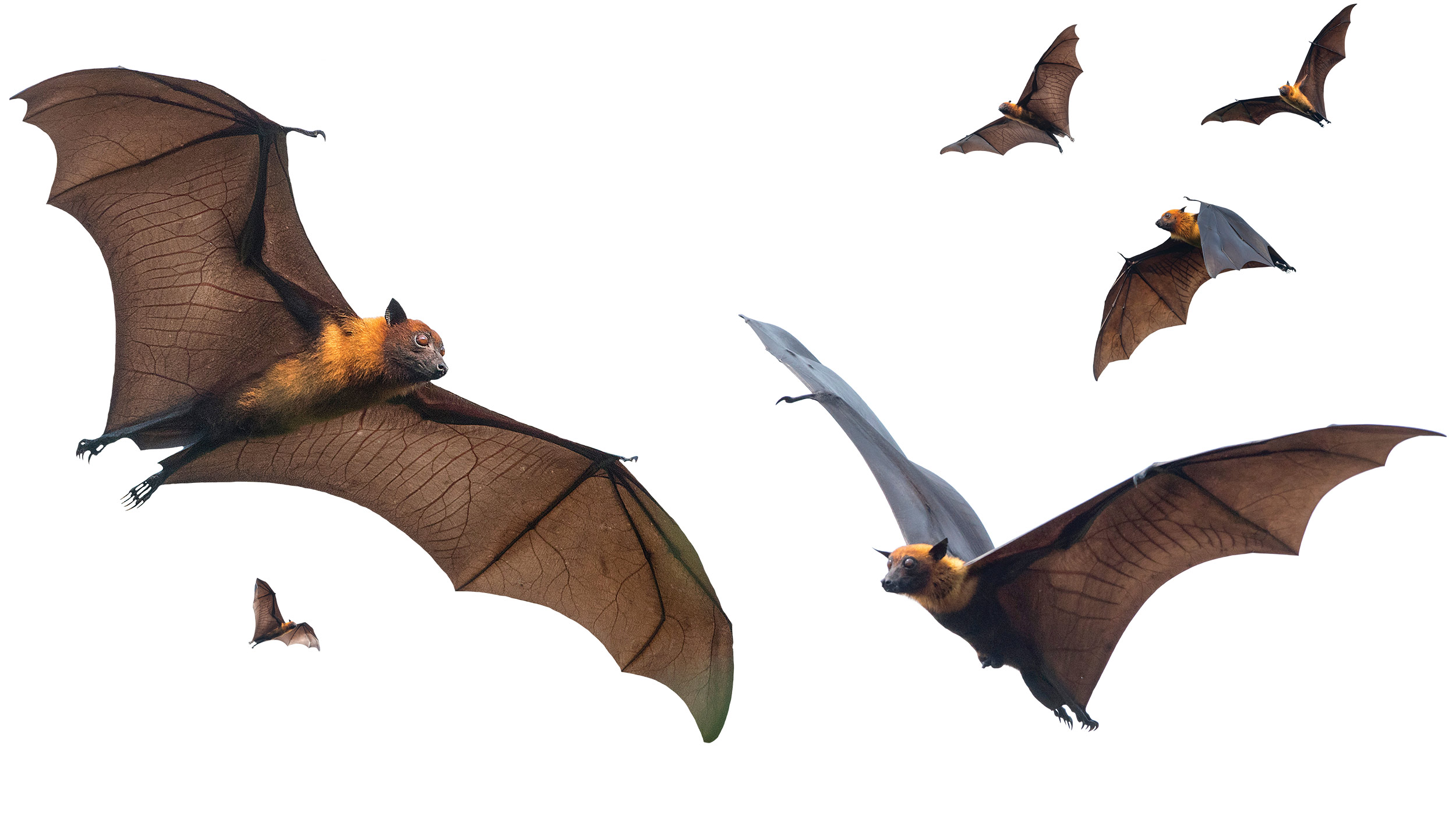
So to speak
Human speech has always been an oddity within the animal kingdom. Only a handful of other animals exhibit vocalizations that approach the complexity of human speech, leaving scientists to struggle in identifying its neural and genetic underpinnings. Now, Berkeley researchers, working with scientists at Carnegie Mellon University, have identified the part of the brain in Egyptian fruit bats that controls vocalizations and found that it contains similar neural wiring and genetics to the part of the human brain that controls speech.
“Very few mammals are actually capable of learning the sounds that they make, which makes it very difficult to study this core aspect of humanity,” said Michael Yartsev, associate professor of bioengineering and of neuroscience. “We were able to identify parallels between bats and humans in the structural elements of the brain, the genetic content and even the neural circuitry that control vocal learning.”
To identify the areas of the bat brain associated with vocal learning, co-first authors Julie E. Elie and Tobias Schmid used wireless neural recording devices to “listen in” on the brains of a group of Egyptian fruit bats as they freely vocalized. The researchers then used anatomical tracers to decipher how these neurons connected with other areas of the bat’s brains. The tracing experiments highlighted a direct anatomical link between a unique part of the motor cortex and the neurons that directly control the bats’ larynx. This direct neural connection acts like a vocal “puppeteer” and could potentially give bats precise control over the pitch of their calls.
The researchers then used a machine learning approach to analyze the genetic elements in the areas of the bat brain associated with vocal production. When compared with those of 222 other mammals — both vocal learners and non-vocal learners — they identified 50 gene regulatory elements that are highly correlated among vocal learners, including humans, bats, whales and seals. The researchers say this study highlights a striking translational potential between basic research in bats and clinical research in humans, and it may have important implications for the treatment of human speech impairments, including autism.
Learn more: What bats can teach us about the evolution of human speech (Berkeley News); Vocal learning–associated convergent evolution in mammalian proteins and regulatory elements (Science)
